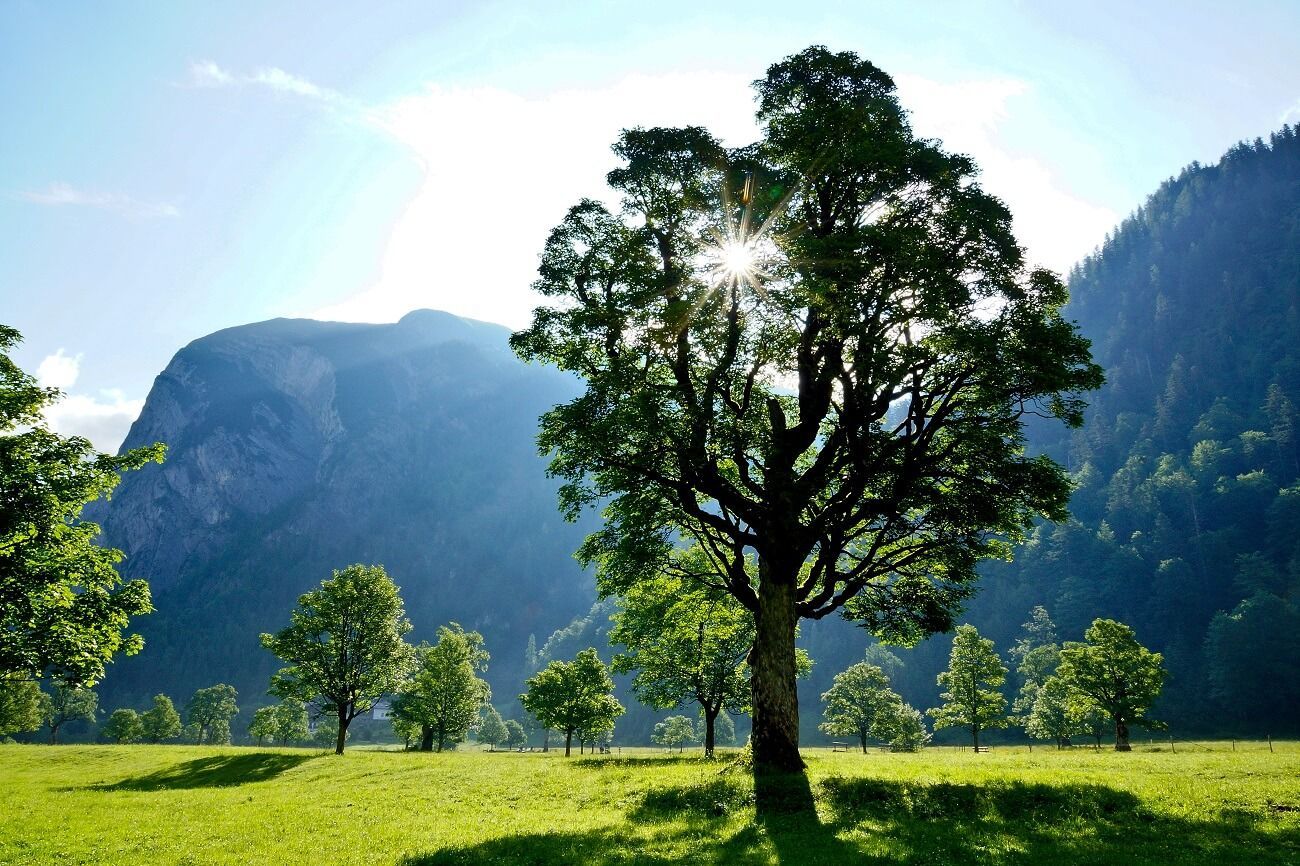Sycamore maple wooded pastures in the Northern Alps: Biodiversity, conservation and cultural history
Summary
Sycamore maple wooded pastures are a traditional land management system in the montane region of the northern European Alps. So far they have hardly been recognized as a distinct cultural landscape and they have been neglected from biodiversity research and from a conservation perspective. At six sites along the main area of occurrence of sycamore maple wooded pastures in the montane region of the northern Alps the author assessed
- the biodiversity of epiphytic bryophytes and lichens on the sycamore maple (Acer pseudoplatanus) trees;
- the effects of a range of variables on species richness of these organisms considering various functional subgroups;
- driving factors for the occurrence of three focal species of major conservation concern (Tayloria rudolphiana, Orthotrichum rogeri, Lobaria pulmonaria);
- the effects of the trees on the ground vegetation (vascular plants and bryophytes); and,
- the cultural and historical background of the system, i.e. its spatial and structural evolution, management practices, usage of the trees, and how sycamore maple wooded pastures are perceived and appraised by the local communities.
Details
Autor: Thomas Kiebacher
Titel: Sycamore maple wooded pastures in the Northern Alps: Biodiversity, conservation and cultural history
Themenschwerpunkt: Bergahornweiden, Artenschutz, Naturschutz, Moose, Flechten
Geografischer Schwerpunkt: Nordalpen
Datum: 13. September 2016
Hochschule: Universität Bern
Art der Arbeit: Dissertation
Umfang: 254 Seiten [8,17 Mb]


